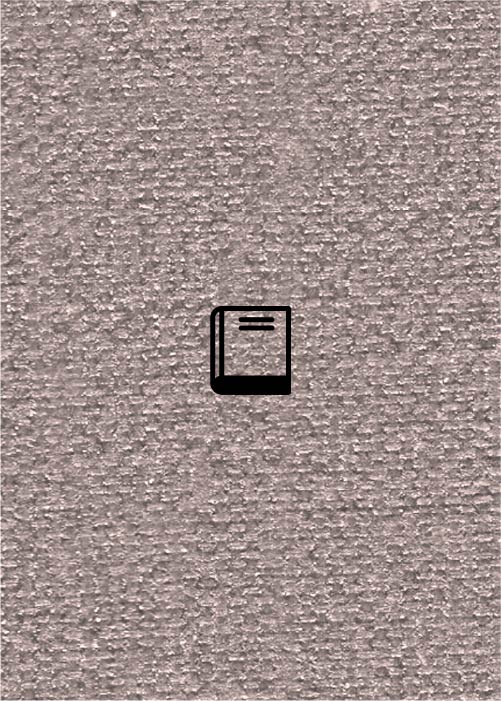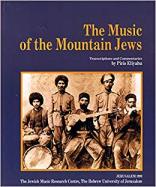(500 results found)

Rapport sur une mission scientifique en Turquie et Syrie
… modal systems with examples from christian liturgy and arab songs. … 1 … 1 … 3 … Archives des missions scientifiques et … … … Piyyutim … 10 … 1899 … Liturgy … Piyyutim … Piyyut … Hebrew cantillation … Church music … Eastern Church music … …

Songs of the Chassidim: An Anthology
… been arranged so that they may be sung by two part chorus'. Hebrew words transliterated; also given as Hebrew text with English translation. Also published by … Hassidim … Niggunim … Niggun … Hassidic … 1968-1971 … Folk songs … Hasidim … Hasidism … Niggun … Niggunim … Hasidic … …

Songs of the Jews of Calcutta
… Songs in Aramaic or Hebrew and English translation in parallel columns; introductory matter in English. Hebrew title: בקול ערב (BeKol Arev) … 52 … 52 … 1 … 37743 … … … Cedarhurst, N.Y. … Tara Publications … … 1991 … Folk songs … India … Sephardi … Rahel Musleah … Songs of the Jews …

More Precious Than Pearls: Shbahoth - Songs of Praise in the Jewish-Babylonian tradition for General Use, Sabbaths, Festivals and Life Cycle Events
… A compilation of 31 Jewish-Babylonian songs, including Hebrew texts, English translations and transliterations. 17 songs are also performed by the author (voice), Ehsan Alemam …
The Israeli Folk Song: A Methodological Example of Computer Analysis of Monophonic Music
… repertoire in the field of the so-called Israeli folk-song, and the development of a method for examining and … monograph … 38964 … 96 … Jerusalem … The Magnes Press, The Hebrew University … Yuval Monograph Series … Dalya Cohen … 6 … 9525 … 23134 … 1977 … Israel … Folk songs … Computer-aided research … Israeli … Dalia Cohen … …

Review of recording: Pizmon
… Discusses 'Pizmon: Syrian-Jewish religious and social song' (Meadowlark 105, 1985) edited by Kay Kaufman Shelemay … pl.) is the term employed by the Syrian Jews to denote a Hebrew song in praise of God, whose melody is borrowed. … 95 … 95 … …

The Liturgical Chant of Provencal and West Sephardi Jews in Comparison with the Song of Troubadours and the Cantigas
… PhD dissertation … 1 … 37563 … New York … Hebrew Union College-Jewish Institute of Religion … … 1966 … … of Provencal and West Sephardi Jews in Comparison with the Song of Troubadours and the Cantigas …
The Music of the Mountain Jews
… transcriptions and full texts of a selection of prayers in Hebrew and folksongs in Juhuri (Judeo-Tat, the language of the Mountain … in Israel, vol 10 ). … 8 … 8 … 10 … 38962 … 167 + 43 (Hebrew intro) … Jerusalem … Jewish Music Research Centre, …

Zimrat Yah, vols. 1 & 2
… Liturgic songs consisting of Hebrew, German and English arranged for …
Nights in Canaan
… A collection of songs from the period of 1882-1946, sung in Canaan - Palestine - Land of Israel. Sung in Hebrew, Yiddish and Arabic by various performers. Collected and annotated by Yaakov Mazor. Program notes in Hebrew. Performers: Yirmiyahu Rosenzweig, Bat-Ami Zemiri, …




